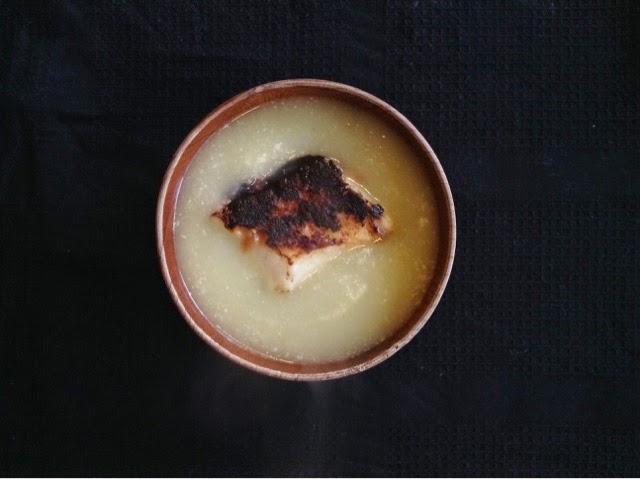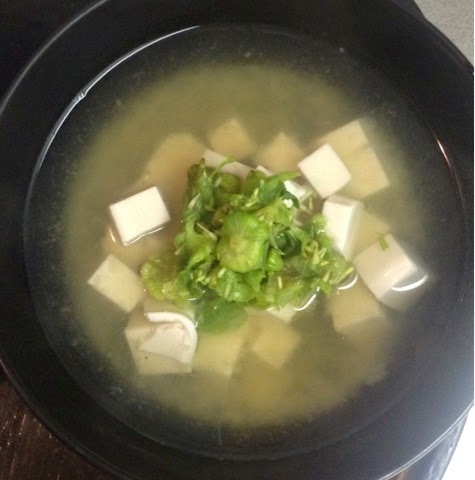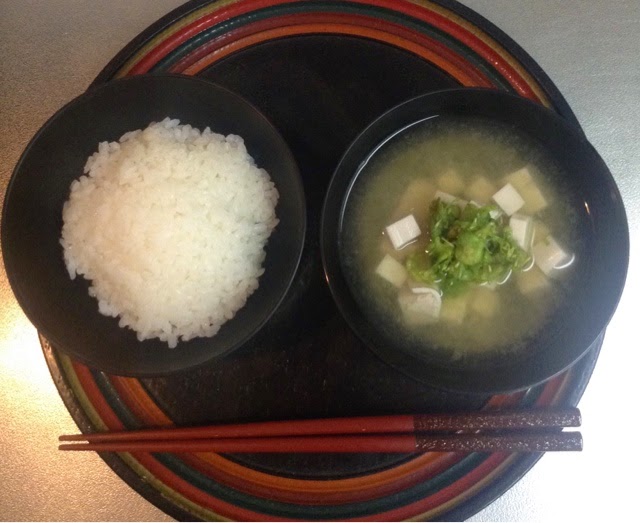This weekend I tried quite a few new recipes, mainly for breakfast and teatime and we spent quite some time outside in the garden preparing for spring: there’s still loads of fallen leaves, and trees to trim… So when it comes to a meal, something warm and energetic was really important. I had a piece of cabbage that I really wanted to use, and some beautiful winter red carrots. The leftovers of whole rice, and fresh rice cakes (mochi) that I bought at the local farmers market (I love rice cakes but my husband don’t like them to much so I don’t buy fresh ones too often). So I decided to prepare a two way dinner, one a vegan chahan (sautéed rice) and the other a kind of o-zoni (the soup for new year with rice cake in). In a wok I cooked the chopped piece of cabbage and one carrot sliced with a bit of oil and then a bit of water. In the mean time I prepared some konbu dashi by boiling two pieces of konbu in 0.5L of water. I then moved roughthly half of the veggies in the soup and cooked a little longer, while in the wok I added the whole rice already cooked, a bit of sesame oil, and some sesame seeds. I grilled the rice cake to soften it, and added a large spoon of miso in the soup (ideally white miso, but I didn’t have any).
I served both, added the rice cake in the soup, and ready to eat!












